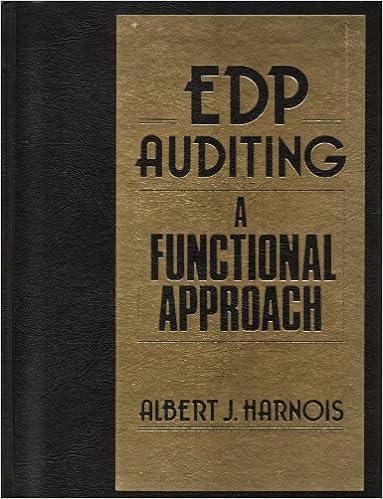Managerial accounting problem 4-12 ?1-3 precision manufacturing inc.

Activity-Based Costing 175 Expected Activity Product B Product C Product A Product D 100 105 60 700 180 700 80 200 Product testing Rests). Template etching (templates) General factory (MHs) 90 10 1,800 2.200 2,600 Using the ABC data, desermine the total amount of overhead cost assigned to each product 3 Assume that prior to implementing ABC, Rusties used a conventional cost system that applied all manufacturing overhead to products based on direct labor-hours. Explain how the coenventional overhead cost assignments would differ from the activity-based cost assignments with respect to Product B PROBLEMS connect 4-12 Contrasting ABC and Conventional Product cost LO4-2, LO4-3,LO4-4 PROBLEM Precision Manufacturing Inc. (PMI) makes two types of industrial TX500 It anmsally produces 60,000 units of EX300 and 12,500 units of TXS00. The company's conven- tional cost system allocates manufacturing overhead to component parts-the EX300 and the products using a plantwide overhead rate and direct dollars as the allocation base. Additional information relating to the company's two product lines is shown below EX300 TXS00 $366,325 $162.550 $528,875 $120,000 $42.500 $162,500 Direct materials. Direct labor he company is considering implementing an activity-based costing system that distributes all of its manu- facturing overhead to four activities as shown below: Cost Pool (and Activity Measure) Overhead EX300 90,000 75 $120,000 TX500 62,500 300 $42,500 Total Setups (setup hours) Product-level (number of products) General factory (direct labor dollars) Total manufacturing overhead cost $198,250 150,000 100,250 60,125 $508.625 152,500 375 $162,500 . Compute the plantwide overhicad rate that would be used in the company's conventional cost system. the plantwide rate, compute the unit product cost for each product 2. Compute the activity rate for each activity cost pool. Using the activity rates, compute the unit product cost for each product. 3. Why do the conventional and activity-based cost assignments differ from one another? PROBLEM 4-13 ABC Cost Hierarchy LO4-1 Mitchell Corporation manufactures a variety of products in a single puny to do an activity-based costing analysis have identified the following activities carried out in the company on a routine basis: facility. Consultants hired by the com- Milling machines are used to make components for products. A percentage of all completed goods are inspected on a random basis. a. b








